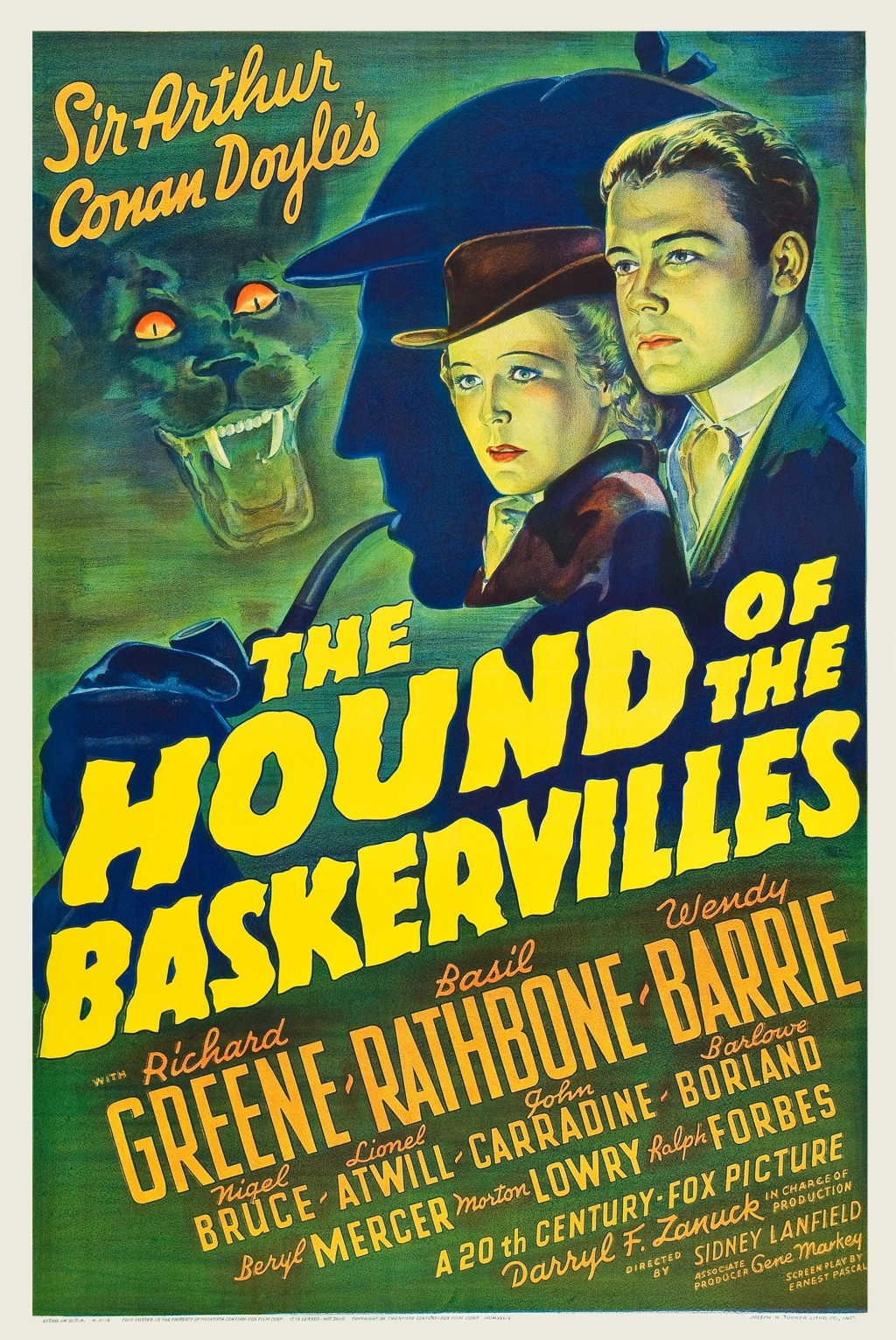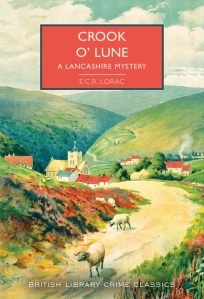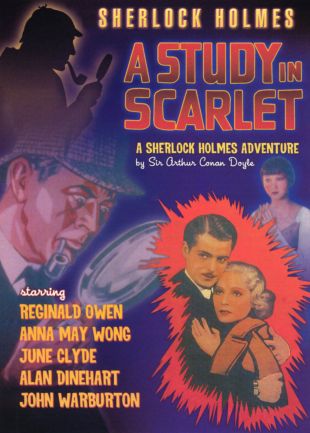
Sulari Gentill
Originally Published 2010
Rowland Sinclair #1
Followed by A Decline in Prophets
Rowland is the youngest son in one of Australia’s wealthiest families, the Sinclairs. He was too young to have fought in the Great War which took his eldest brother’s life and, as an adult, he has shrugged off any high society obligations to live and work as an artist with a group of friends that include a sculptress, a poet and a painter, to his remaining brother’s disapproval.
One family member who is much more positive about his choices is his namesake, Uncle Rowly, who lives a hedonistic lifestyle. When this uncle is found dead, having been brutally beaten by a gang of assailants, Rowland is frustrated at how little progress the Police are making in investigating the murder.
Meanwhile Australian society seems to be headed towards a crisis point. Tensions are growing between the socialists and conservatives as Rowland notices when a left-wing rally he attends to support a friend degenerates into a brawl and he notices his conservative older brother seems obsessed with talk of revolution and insurrection when he visits his home to sort out his uncle’s estate. Soon Rowland begins to wonder if his Uncle’s murder may have had political motivations and he undertakes an investigation of his own.
One of the reasons I love to read historical mystery fiction is the sense that you may learn something while you are reading. I knew very little about this period in Australian history and so the events described were entirely new to me. I found the setting to be quite fascinating and having done a little research since finishing reading, I was interested to see just how much of the novel draws on established history and impressed at how well Sulari Gentill weaves her narrative around those events.
Rowland is a natural sleuth and I was impressed by how well Gentill is able to use his unconventional background to drive the investigation. Like Sayers’ Lord Peter Wimsey, Rowland straddles two distinct social worlds and can live in each of them, albeit without ever truly being at home. The book is at its most successful when exploring the ways Rowland doesn’t quite fit with his family’s expectations or with the social group he chooses to associate with. He is a wonderful creation and I am certainly keen to read other stories featuring this character.
Gentill’s supporting characters are similarly well drawn and I appreciated that several of them were allowed to be ambiguous at points in the story. For instance, it is clear that Rowland feels something for Edna and Edna feels something for Rowland but it is not exactly a romance. Similarly, I appreciated that Wilfred is something more than just the disapproving older brother. While his relationship with Rowland is certainly frosty and awkward, Gentill gives them moments where you see hints of affection and takes the time to speculate on the reasons that these two men developed so differently and struggle to see the world in the same way.
As I turn to discuss the plot, I do have to acknowledge an issue that must inform my review on a mystery fiction blog. I think those expecting a puzzle mystery with multiple suspects and clues to consider may feel frustrated by how straightforward the solution to the murder turns out to be.
While the book is marketed as a mystery, an attentive reader will soon be able to infer much of what happened to Rowly simply by the choices the author makes in the developing the structure of their story. The writer does not offer enough alternative explanations and the only other reading of events is dismissed a little too effectively. In part that reflects just how tidy Gentill’s plotting is and how clearly the explanation makes sense.
The only question in relation to the murder that I think the reader will have by the midpoint of the novel is why Rowly was a target at all, and the revelation of the reason is unlikely to surprise the reader. In fact, some are likely to feel frustrated that Rowland considered that reason earlier in the narrative.
Structurally the book has more in common with a thriller or adventure story. Our hero identifies a possible suspect, puts themselves in danger to gather evidence and provide a resolution. The story even provides the hero with high stakes that gives their investigation national significance. This is still not quite a perfect fit but I think it is a better match for the expectations a reader may have.
To be clear, I did not feel that my enjoyment of this book suffered for the lack of a traditional detective story structure and I do think that there are a number of mysterious hooks to the narrative, even if they do not relate to the murder itself. I enjoyed discovering the broader historical context to this story, seeing how Rowland’s investigation would be managed and discovering more about his character and the people around him.
Assessed on its own merits, A Few Right Thinking Men is a really entertaining and interesting read. I would certainly encourage readers who enjoy historical novels to seek it out and I think readers who enjoy following an investigation will find much to enjoy here. Unfortunately the underdevelopment of the murder mystery keeps me from giving it a wider, more enthusiastic recommendation but I will certainly be seeking out a copy of the second title in the series.




Leave a comment